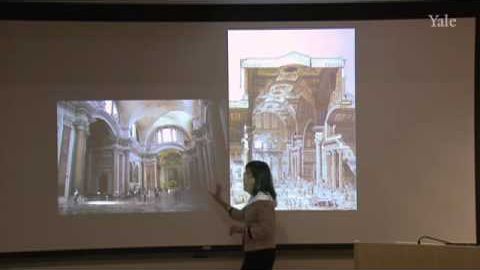22.羅馬重現:四皇制文藝復興 (22. Rome Redux: The Tetrarchic Renaissance)
Sofi 發佈於 2021 年 01 月 14 日  沒有此條件下的單字
沒有此條件下的單字US /ˈsɛntʃəri/
・
UK /'sentʃərɪ/
- n. (c./u.)百年;世紀;(板球)一百分;(羅馬軍隊)百人隊
US /ˈɑrkɪˌtɛktʃɚ/
・
UK /ˈɑ:kɪtektʃə(r)/
- n. (c./u.)基地;底部;基數;主要成分;基礎上;根據;基地;總部
- v.t.正根據;以...為基地
US /prɪˈzɜ:rv/
・
UK /prɪˈzɜ:v/
- v.t.保護者;保存者;保護;保存;保存 ; 儲藏
- n. (c./u.)蜜餞;果醬;保護區

